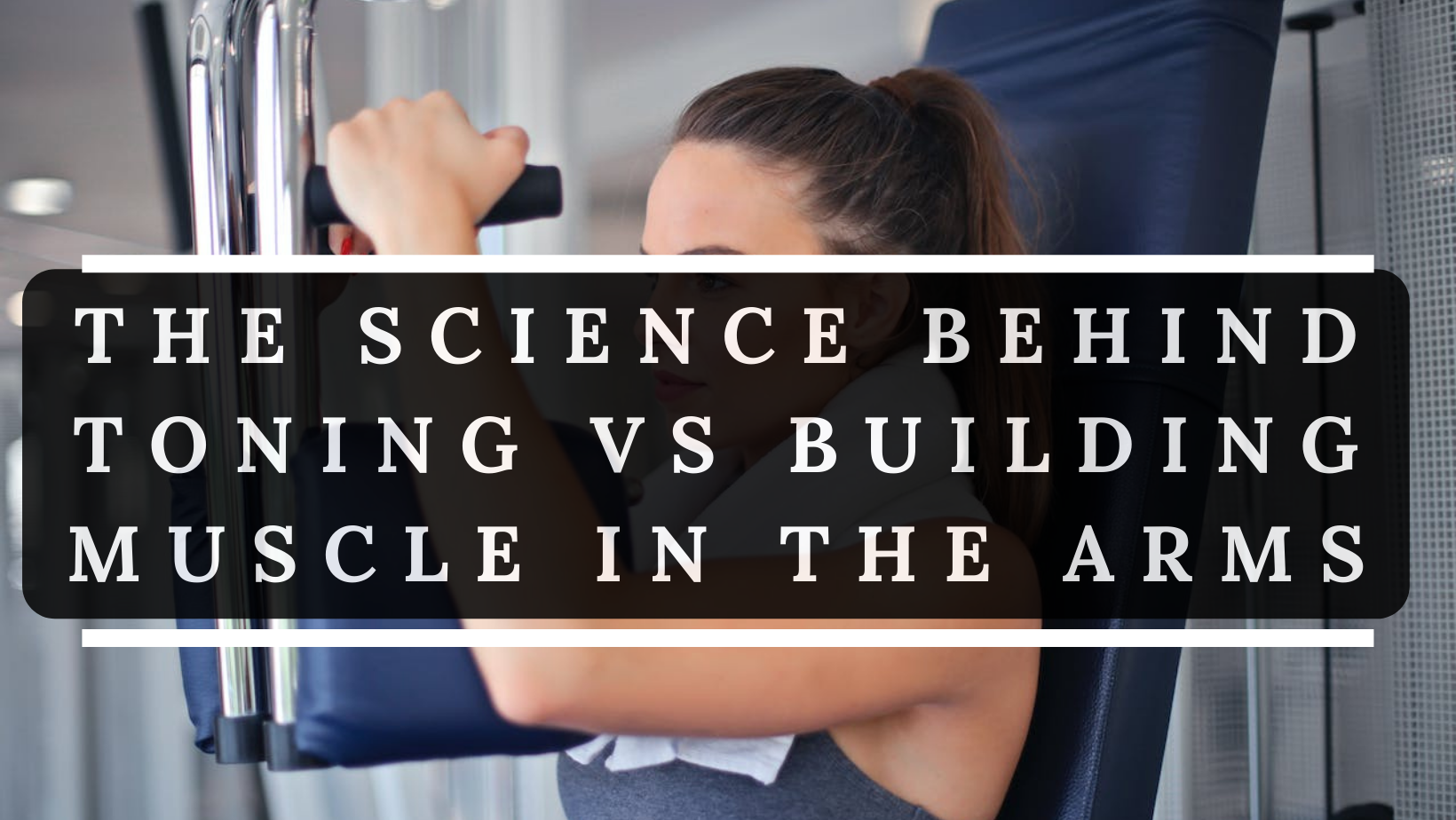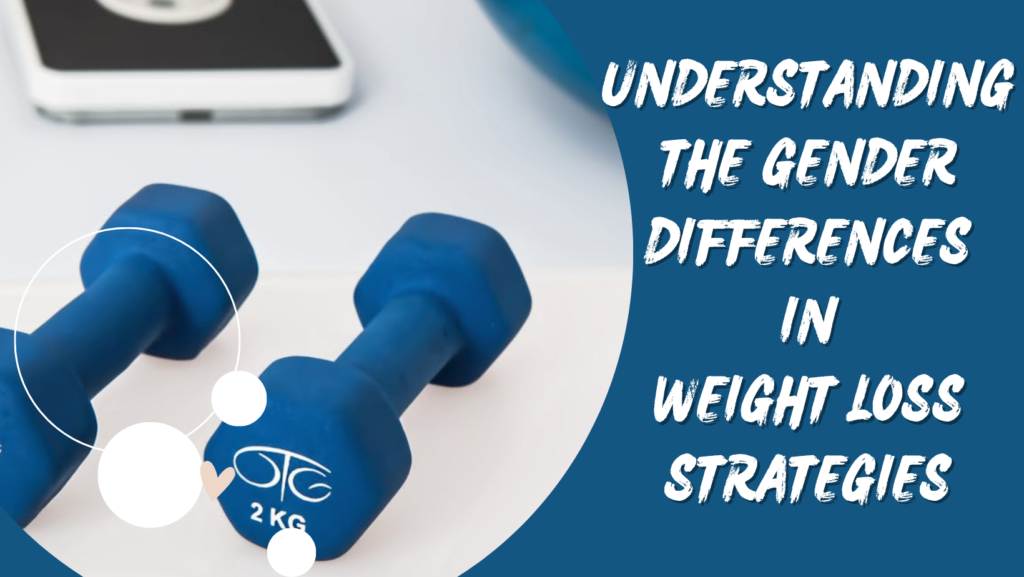If you’ve ever wondered about the differences between toning and building muscle in your arms, you’re not alone. Many people aspire to have strong and well-defined arms, but it can be confusing to understand the science behind achieving these goals. In this article, we’ll break down the key distinctions between toning and building muscle in the arms and explore the various factors that come into play. So whether you’re a newbie to the fitness world or a seasoned enthusiast looking to enhance your arm strength, read on to discover the secrets behind achieving your desired arm goals.
What are the differences between toning and building muscle in the arms?
Overview of toning and building muscle
When it comes to getting in shape and achieving your fitness goals, understanding the differences between toning and building muscle in the arms is key. While these two terms are often used interchangeably, they actually refer to different processes and outcomes.
Toning generally refers to the process of increasing muscle definition and reducing body fat in order to create a more sculpted and lean appearance. On the other hand, building muscle focuses on increasing the size and strength of the muscles. Both toning and building muscle can be achieved through targeted exercises, but the approaches and results are distinct.
The science behind toning
Toning the arms involves a combination of resistance training and cardiovascular exercise. Resistance training, specifically with lighter weights or resistance bands, helps to develop the muscles without adding significant bulk. This type of training stimulates the slow-twitch muscle fibers, leading to increased muscle definition. Additionally, cardiovascular exercise, such as jogging or cycling, helps to burn calories and reduce overall body fat, further enhancing muscle definition in the arms.
The science behind building muscle
Building muscle in the arms requires a different approach compared to toning. This process involves focusing on increasing the size of the muscles through progressive overload training. Progressive overload refers to gradually increasing the stress placed on the muscles, either through heavier weights or higher resistance levels, in order to stimulate muscle growth. This type of training primarily targets the fast-twitch muscle fibers, which have a higher capacity for growth and strength.
Difference in muscle fiber type
One of the key differences between toning and building muscle lies in the type of muscle fibers targeted. Toning predominantly activates slow-twitch muscle fibers, which are responsible for endurance and overall muscle tone. These fibers have a higher resistance to fatigue and are better suited for lower-intensity exercises, such as those involved in toning workouts.
In contrast, building muscle focuses on the activation of fast-twitch muscle fibers. These fibers are responsible for explosive power and strength. By engaging these fibers through high-intensity exercises and heavy lifting, individuals can promote muscle growth and hypertrophy.
Difference in training approach
The training approaches for toning and building muscle also differ significantly. Toning workouts often involve higher repetitions and lower weights or resistance levels, allowing individuals to maintain muscle tone without adding bulk. These workouts may include exercises such as bicep curls, tricep dips, and push-ups, performed with lighter weights and a higher number of repetitions.
On the other hand, building muscle requires a more intense training approach. This typically involves lower repetitions and higher weights or resistance levels to challenge the muscles and trigger hypertrophy. Exercises like barbell curls, skull crushers, and bench presses are commonly used in muscle-building routines.

Difference in volume and intensity
The volume and intensity of a workout also vary between toning and building muscle. Toning workouts often focus on higher volume, with more sets and repetitions. This approach helps to increase endurance and stimulate slow-twitch muscle fibers effectively. By performing exercises for multiple sets and completing repetitions in the range of 12-15, individuals can achieve a toned appearance in their arms.
In contrast, building muscle requires a higher intensity and a lower volume of exercises. This means lifting heavier weights with fewer sets and repetitions. By challenging the muscles with heavier loads, individuals can promote muscle growth and increase overall strength. The recommended repetition range for muscle building is generally 8-12 reps per set.
Difference in dietary requirements
Diet plays a crucial role in both toning and building muscle. However, the specific requirements differ between the two goals. When it comes to toning, maintaining a balanced diet with a slight calorie deficit is often recommended. This helps to promote weight loss and reduce overall body fat percentage, enhancing the appearance of muscle definition.
For building muscle, a diet that supports muscle growth and repair is essential. A caloric surplus is often recommended, providing the necessary energy and nutrients for muscle hypertrophy. A diet rich in lean protein, complex carbohydrates, and healthy fats is typically advocated to support muscle-building goals.
You May Also Like
Difference in hormonal response
The hormonal response to toning and building muscle also differs. Toning workouts primarily stimulate the release of growth hormone, which helps to promote fat metabolism and muscle definition. These workouts generally do not lead to a significant increase in testosterone, which is the primary muscle-building hormone.
Building muscle, on the other hand, triggers a more pronounced hormonal response. Weightlifting and intense resistance training stimulate the release of testosterone, which plays a crucial role in muscle growth and recovery. This hormonal response is essential for individuals aiming to increase muscle mass and strength.
Effect on body composition
The effect on body composition is another key difference between toning and building muscle. Toning workouts aim to reduce overall body fat percentage while increasing muscle definition. This leads to a leaner and more sculpted appearance, as the muscles become more visible beneath the skin.
Building muscle, on the other hand, results in an increase in both muscle mass and overall body weight. This process often involves a slight increase in body fat as well, as individuals may consume a caloric surplus to support muscle growth. However, the overall effect is an increase in muscle size and strength, with a more muscular physique.
Importance of rest and recovery
Regardless of whether you are focusing on toning or building muscle in your arms, the importance of rest and recovery cannot be overstated. When engaging in resistance training, the muscles undergo microscopic tears that need time to repair and regenerate. Adequate rest, along with proper nutrition, allows the muscles to recover and adapt, leading to muscle growth and improved performance.
In conclusion, while both toning and building muscle in the arms involve targeted exercises and fitness goals, they differ in terms of muscle fiber type, training approach, volume and intensity, dietary requirements, hormonal response, effect on body composition, and the need for rest and recovery. Understanding these differences allows you to tailor your workouts and nutrition to achieve your desired outcome, whether it is toning or building muscle. So, go ahead and embark on your fitness journey with a clear understanding of what it takes to achieve your unique goals!




